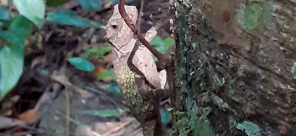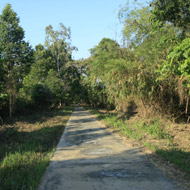Common greenshank (Choắt lớn, Tringa nebularia)
The Common Greenshank (Tringa nebularia, Choắt lớn) is a wader in the large family Scolopacidae, sandpiper, Tringa genus.
The bird breeds from northern Scotland eastwards across northern Europe and east across the Palearctic.
This species is a migratory species, wintering in Africa, the Indian subcontinent, and Australasia, usually on fresh water.
The term Charadriiformes comes from New Latin, combining the Greek word kharadrios ("a bird of river valleys" or "a bird of ravines") and the Latin suffix -formes meaning "forms" or "shaped like". Therefore, Charadriiformes translates to "birds shaped like or resembling the charadrius," which is a type of plover or stone curlew historically found in dry river beds or ravines.
The word Scolopacidae is New Latin, derived from the genus name Scolopax (Latin for "snipe" or "woodcock") and the common zoological suffix for family names, -idae.
The name Tringa is the Neo-Latin name given to the green sandpiper based on Ancient Greek trungas, a thrush-sized, white-rumped, tail-bobbing wading bird mentioned by Aristotle.
The specific nebularia is from Latin nebula "mist".






































